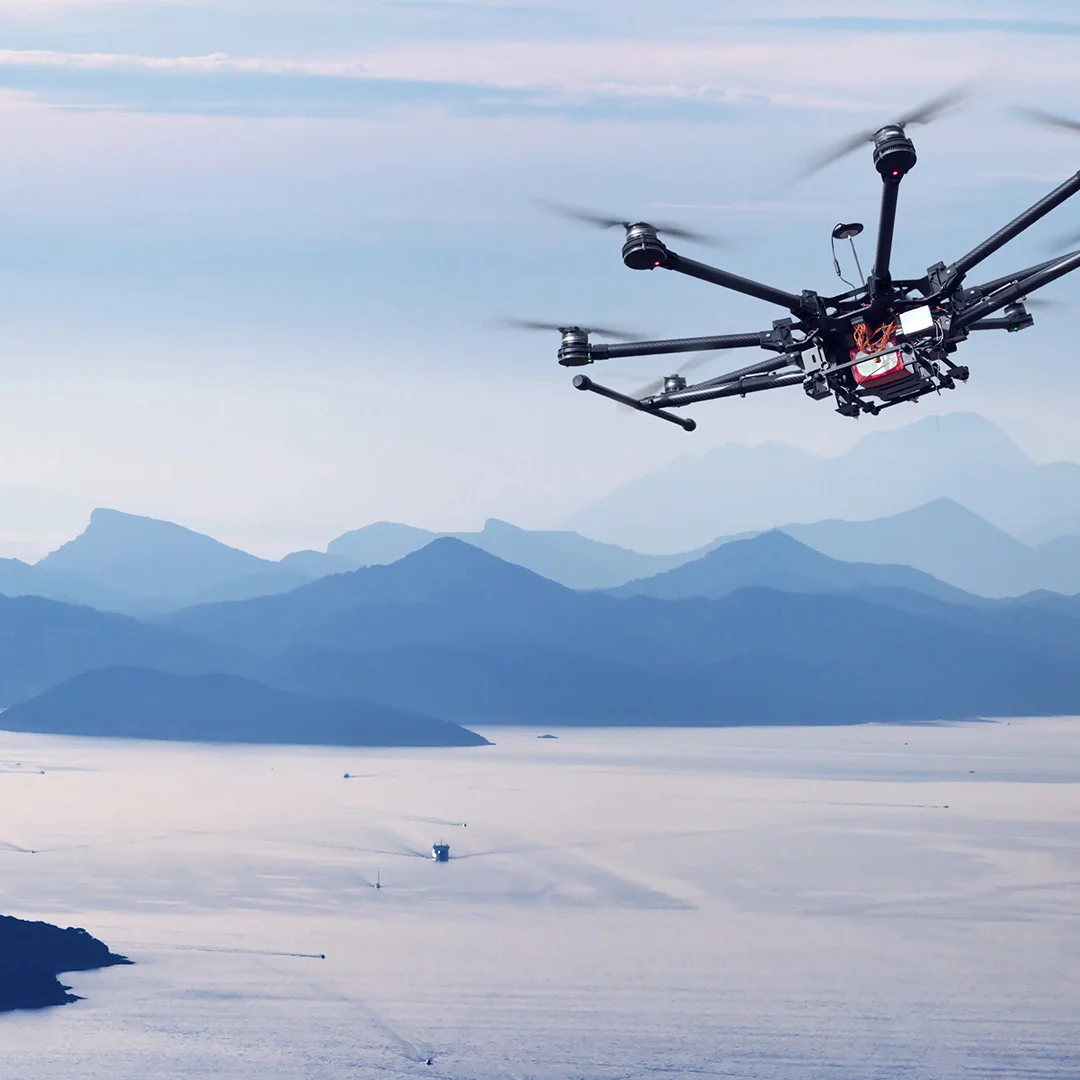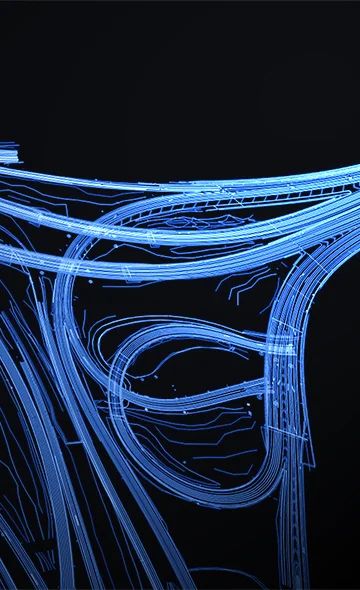




PROCESSING, ANALYSIS AND PRESENTATION OF SPATIAL INFORMATION
Data directly collected in the field is called primary data. With primary data, the main concern is understanding the properties of the data, the process by which they were recorded, the instrument parameters used, and knowledge of any phenomena that can affect the measured values in any way.
With Digital Dome's engineers' extensive experience in working with various technologies, we are able to meet the most rigorous quality criteria that may be required of us. Whether it's data from inertial systems, 360-degree camera panoramic images, NMEA messages from GPS devices, or point clouds from LIDAR devices, we are confident that we can process and use the data we collect in the most optimal way.
In practice, it is not always possible to obtain spatial data through direct measurement. Costs and available time can be obstacles, and sometimes previous projects have already collected data that may be suitable for the current project's goals. Unlike direct methods of data collection, spatial data can also be obtained indirectly. This includes data obtained by scanning existing printed maps, digitized data from satellite images, data from publicly available databases, etc. Such data is referred to as secondary data, we can also process, analyze, and present this data in a way that is suitable for our clients from whom we obtain the input data.
PROCESSING, ANALYSIS AND PRESENTATION OF SPATIAL INFORMATION
You have collected data but don't have time to process it? We will extract what you need from your data. We have successfully completed projects that involved :
- Over 20,000 kilometers of roads and railways
- 3D modeling of refineries and industrial plants over several square kilometers
- Hundreds of square kilometers of terrain models and generated orthophoto images
- Millions of cubic meters of cut/fill reports
- Dozens of BIM models of residential buildings, etc
Our projects span across multiple countries and continents, and we are familiar with the regulations and product delivery requirements of each.
General Services


DEVELOPMENT OF PORTALS AND ON-LINE SERVICES FOR SPATIAL INFORMATION MANAGEMENT


